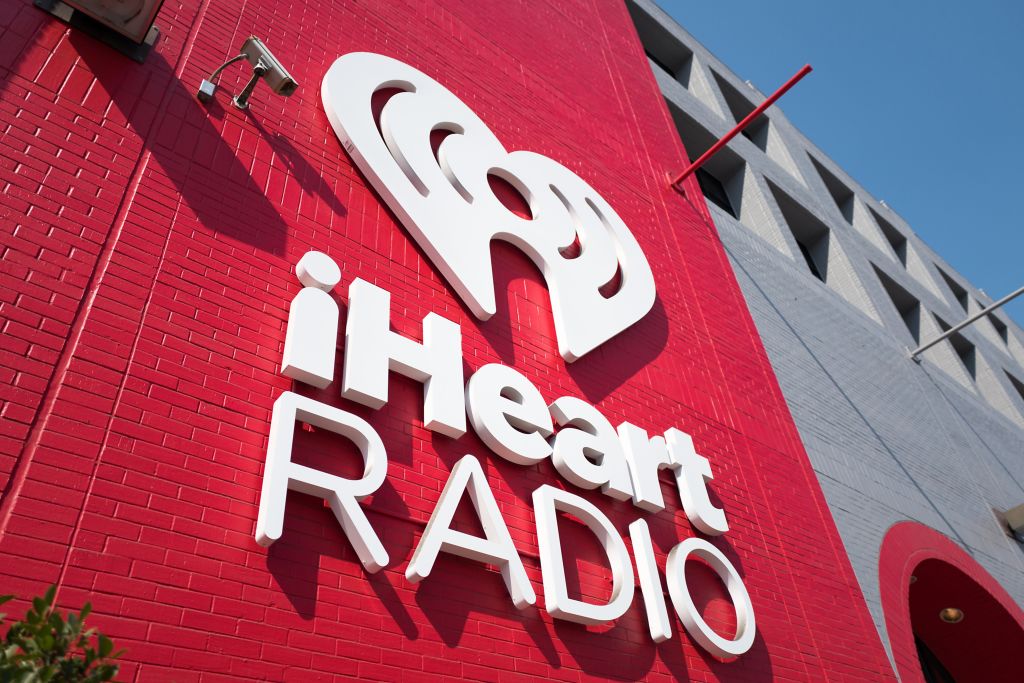Navigating the Narrative: 3 Powerful Keys to Effective Story-telling

In a crowded digital landscape, effective storytelling has become essential for brands looking to connect with their audience on a deeper level. In this blog post, we’ll explore three key strategies for crafting compelling brand narratives that resonate with your target audience and drive engagement. From understanding the psychology behind storytelling to practical tips for […]
Amplifying Your Brand’s Voice: The Power of Audio Advertising with Ifodige

By: Laquan Williams In the evolving landscape of advertising, it is more critical than ever for businesses to discover innovative ways to connect with their audience. One such approach that has stood the test of time is audio advertising. At Ifodige, we’re all about fine-tuning this old-time tool with a fresh twist, amplifying your brand’s […]
Nick Cannon and Skyview Parting Ways

By Radio Ink Nick Cannon took over mornings at Meruelo Media’s Power 106 in June of 2019. He then partnered with Skyview Networks to launch into syndication in early 2020. A report out Wednesday, confirmed by Skyview, states that the show has come to an end. Radio Insight was the first to report the confirmation from […]
Nielsen: Radio Still Best Way to Reach Hispanic Audience

By Matthew Keys A new report from Nielsen reveals AM and FM broadcast radio is the most-viable way to reach U.S. Hispanic audiences. The study, released by Nielsen on Wednesday, showed 97% of all Latinos ages 18 and over listen to AM and FM radio on a monthly basis, compared to 59% of all streaming […]
Radio’s Reach is Still Massive

With the renewed love for audio in recent years, spurred by podcasting, and the onslaught of new technologies for consumers to listen, radio’s reach among the U.S. population is still massive. That’s according to the latest Audio Today report from Nieslen. Nielsen reports that radio still reaches 93% of the American population. That includes 93% […]
Radio STILL Dominates The Car

By: Radio Ink Despite slick, new, computer-like infotainment systems in every new automobile that rolls off the lot, free radio continues to dominate listening in vehicles. The competition for the ear of the consumer has never been as fierce as it is today, and finding AM/FM in the DASH is becoming more complicated for a […]
iHeartRadio modernizes the radio call-in with launch of ‘Talk Back,’ a tool for sending voice messages to show hosts

By: Sarah Perez@sarahintampa In a move to make radio and podcasts more interactive, iHeartRadio today is launching a new feature called Talk Back which allows listeners to participate with their favorite shows directly from the iHeartRadio mobile app. With a push of a button, listeners can offer feedback or respond to hosts’ questions by recording a 30-second […]
Nielsen: African Americans Consume More Media

By Radio Ink -October 27, 2021 New data shows African Americans spend more time consuming media than any other group, yet there continues to be a lack of representation of the collective Black community. Nielsen’s 2021 African American Consumer Report explores the influence of Black Culture on content and media trends. “As the media industry looks to be more […]
BLACK In Business

Hot 97 (WQHT/97.1-FM) and WBLS (107.5-FM), NYC continue the Black in Business series. The hour-long specials focus on the economic impact of the pandemic on female black owned businesses. WBLS on-air personality, Déja Vu, hosts T’Yanna Wallace, Marilyn Van Alstyne, Tren’ness Woods-Black and Premadonna in a celebration of black female entrepreneurs. “These women have amazing chemistry and so much […]
Radio’s Unparalleled Reach

With all the talk about digital media, it’s easy to forget how powerful traditional media such as radio and television still are. Radio in particular rarely gets credited for what it still is: a true mass medium. According to Nielsen, radio even trumps TV in terms of its weekly reach. According to Nielsen’s measurements, far more […]

